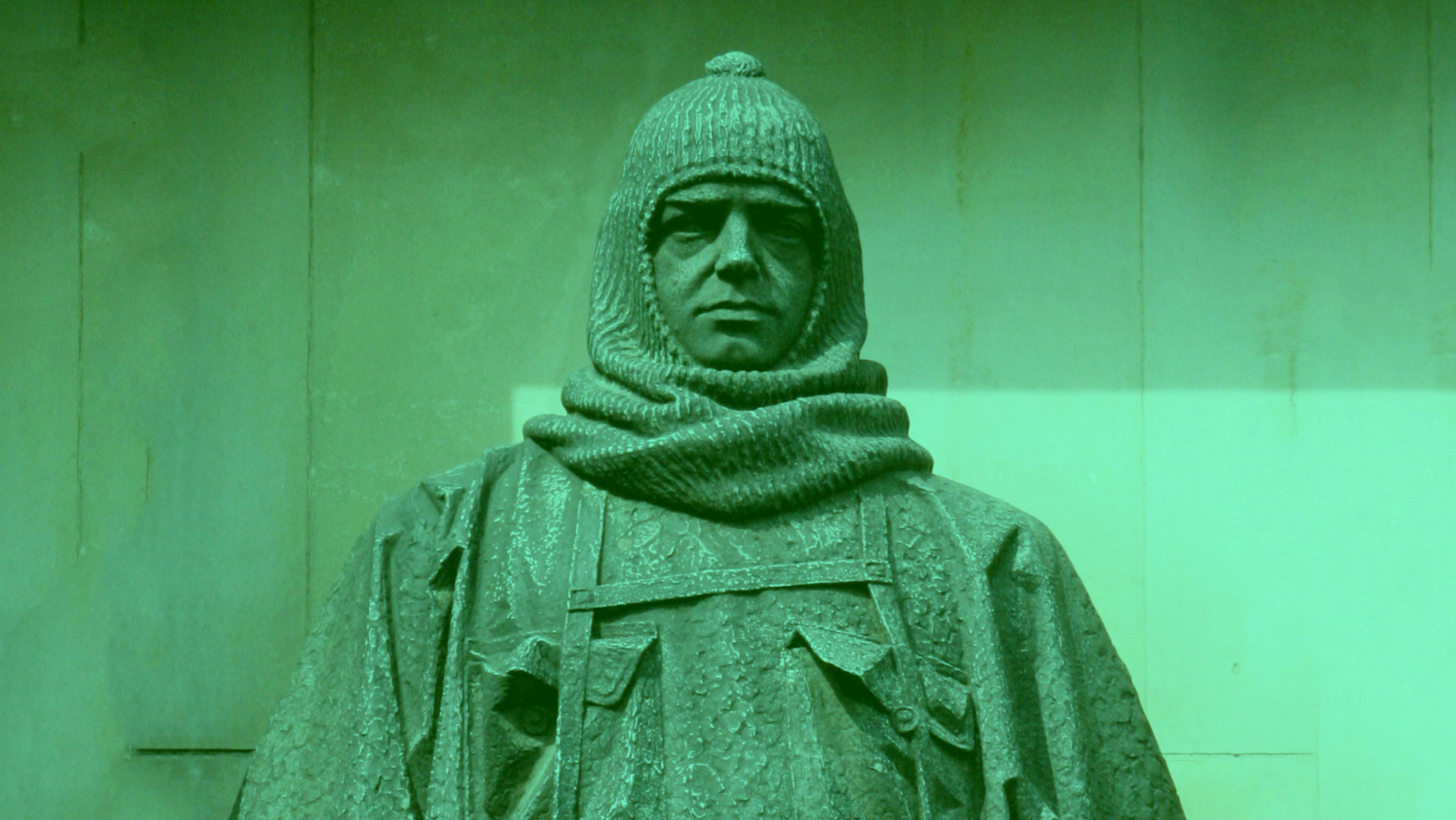As a historian at the Harvard Business School, I study courageous leaders, especially men and women working in crisis situations. When I began this work, almost 20 years ago, I never imagined living through turbulence of this magnitude. I could not foresee that we would all be swept up in such a high-stakes moment, characterized by great uncertainty and collective fear.
Although we’re facing unprecedented times, there is much we can take from history.
We can learn from courageous leaders like Abraham Lincoln who led the nation through the crucible of the Civil War and ended slavery; Franklin Roosevelt, who rallied America through the Great Depression; Winston Churchill, who helped Britain—and thus the world—hold the line against fascism in 1940 and 1941; and Diane Nash, who organized sit-ins and mobilized students in civil disobedience during the civil rights movement in the late 1950s and early 1960s.
Perhaps most relevant for this period of extreme isolation is Ernest Shackleton, the Antarctic explorer whose ship was locked in the ice in early 1915 and then sunk, leaving him and his 27 men to fight for survival thousands of miles from civilization. They had few material resources to rely on, save for three lifeboats, canned goods, and some stores they salvaged from the vessel. But the most important asset in surviving more than 18 months on the ice was Shackleton’s leadership, particularly the collective determination he fostered in his men to beat the odds and get home safely. How did the explorer do this? He focused on the engagement, outlook, and cohesion of the team.
The core attributes and behaviors that Shackleton and his crew relied on are essential to helping our country and the world navigate both the COVID-19 pandemic and the resulting economic fallout.
Strong leaders quickly get comfortable with widespread ambiguity and chaos, recognizing that they do not have a crisis playbook. Instead, they commit themselves and their followers to navigating point-to-point through the turbulence, adjusting, improvising, and redirecting as the situation changes and credible information emerges. Courageous leaders also understand they will make mistakes along the way and they will have to pivot quickly as this happens, acknowledging mistakes and learning as they go.
Perceptive leaders address the fear of their followers without feeding it. Ernest Shackleton called this work of the leader “dispensing mental medicine,” and it was vital to the success of his against-all-odds mission. He knew that in a volatile and dangerous environment, collective determination, solidarity, and a shared purpose among his team were indispensable elements of success, partly because these aspects helped dial down fear.
Skilled leaders communicate frequently in a consistent format or medium. Regular communication, delivered with a certain level of energy and rational optimism, is vital in trying times.
They frame the stakes of the crisis, articulating what is at risk, the tradeoffs or biggest obstacles, and how we can overcome them. They also paint a picture of the future that we are all working toward, encouraging unity rather than division.
Talented leaders move deftly between presenting brutal honesty and credible hope. They do not sugarcoat or exaggerate the situation. They communicate the hard, critical facts of the crisis and the obstacles and problems that result from them. At the same time, they articulate the collective strengths and resources of the people they lead, which fosters credible hope and public resolve.
Strategic leaders focus on the likely outcomes. They do not spend a great deal of time thinking or talking about the best- or the worst-case possibilities, which are lower-probability scenarios. They are aware of such outcomes, but they do not focus on them, instead concentrating on the more likely scenarios, those that lie in the middle of the spectrum.
Every crisis is also a battle for the hearts and minds of the followers, who ultimately hold the power to help solve the crisis or to disintegrate into division, discord, or much worse.
For this reason, serious leaders cultivate strong morale among their followers by keeping close tabs on collective sentiment and then responding as needed to key shifts.
They give their followers jobs to do. For the majority of Americans, this means sheltering in place and trying, within these parameters, to help the most vulnerable. (It also means not hoarding or giving way to mass panic.) For essential workers, this means going to work with necessary precautions and our collective gratitude.
Great leaders emphasize the power of community. We are always stronger together than divided. And never has that been truer than now, as we fight a silent enemy that will only be conquered when we all unite and act for the greater good of the community. One for all and all for one has never been truer than it is right now.
This difficult, turbulent time will surely someday be seen, in part, as a fertile, living laboratory in which courageous leaders were made, not born.
Nancy Koehn is a historian at Harvard Business School. Her latest book is Forged in Crisis: The Power of Courageous Leadership in Turbulent Times
Recognize your brand’s excellence by applying to this year’s Brands That Matter Awards before the early-rate deadline, May 3.
